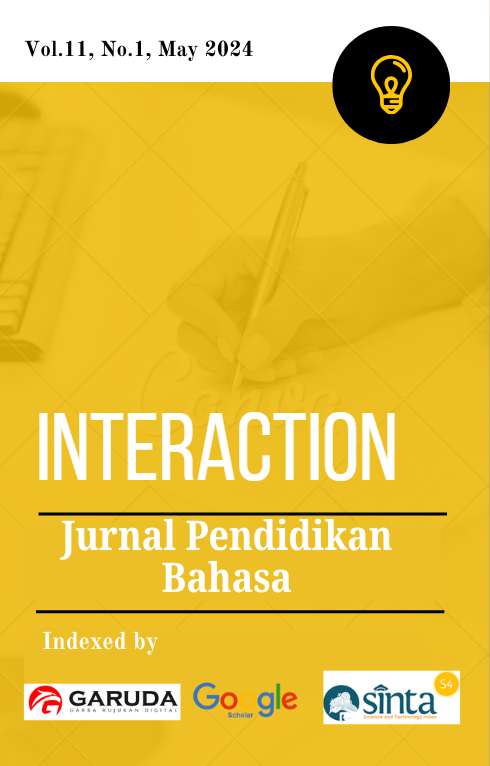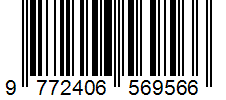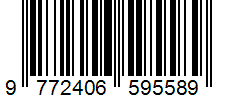Gender Inequality Analysis Represented in “Little Women” by Louisa May Alcott
Keywords:
Novel, Qualitative ApproachAbstract
Gender inequality is the unequal allocation of opportunities and rights, among people of various genders. This commonly works against one gender, typically women. This research aims to analyze Louisa May Alcott's "Little Women" with a focus on gender inequality. A qualitative approach was used in this study. This study also used theory from Fakih (2008). The findings indicated that the novel describes five different forms of gender discrimination. The first is subordination, show that Jo cannot do anything she want because of her status as women. Second, stereotypes, when a woman behaves unfavorably or imitates a man, she will be perceived as a bad woman, like what Jo did because she always do the boyish tricks. Third, marginalization, show by Jo character that can be the backbone of his family when their father go to the war. Fourth, burden of work, where the Jo and also her sibling not only work to earn money, they also work at home to clean the house. For the last form, which is violence, it did not happen in the novel. In order to rouse women at the time, gender injustice was brought up in "Little Women," and as a result, the subject came to represent the state of American society at that time. The conversation and utterances of the characters make it clear that the female characters struggle to fit in with society.








